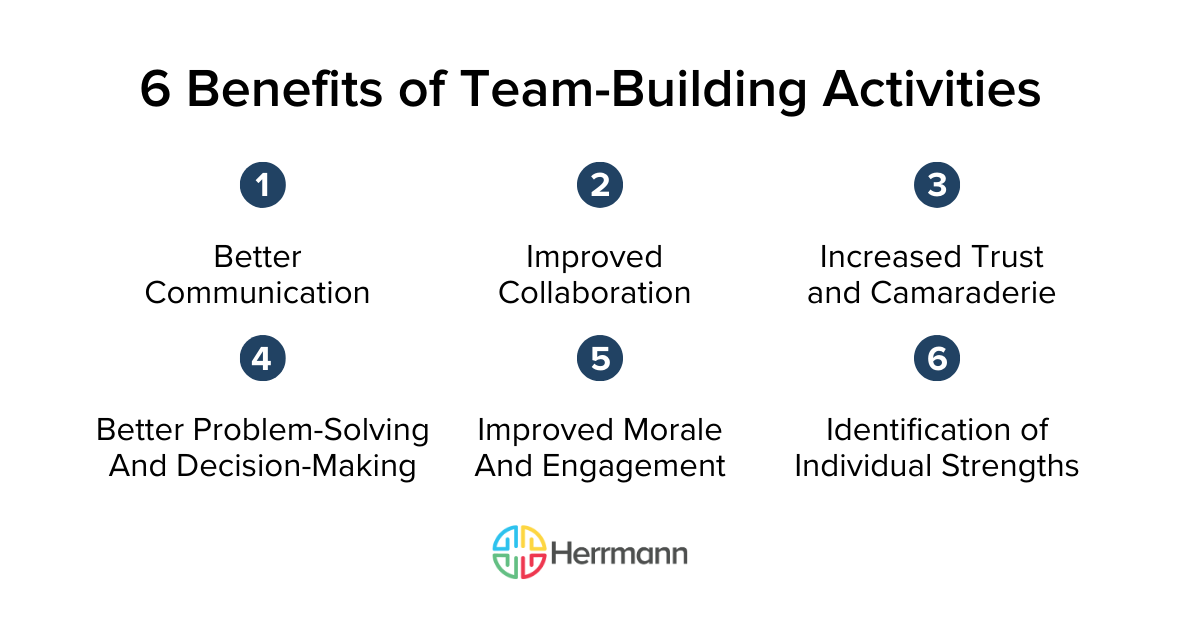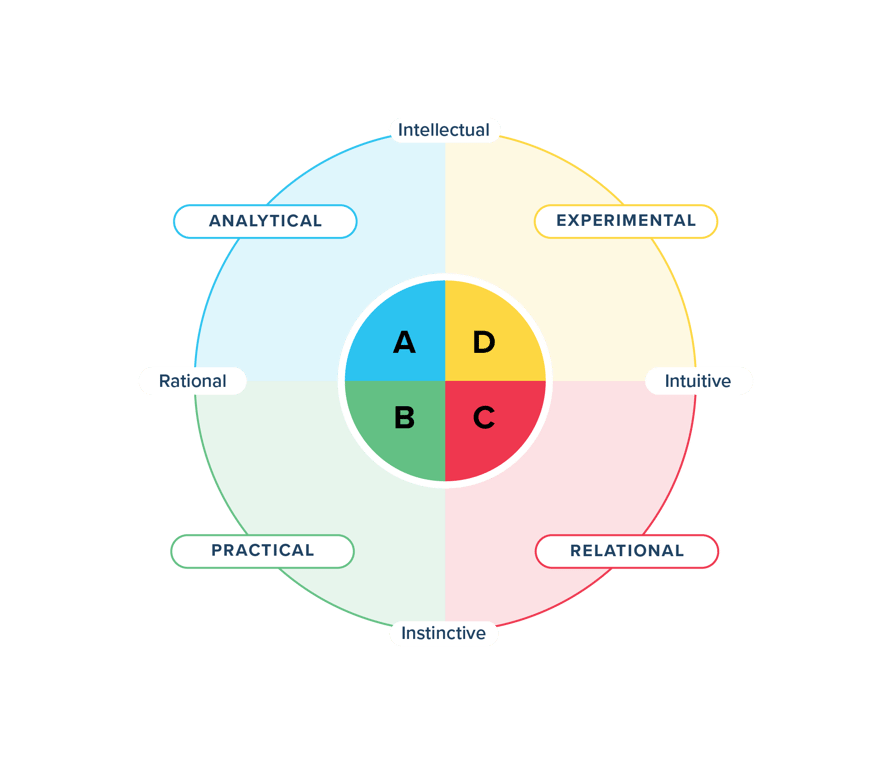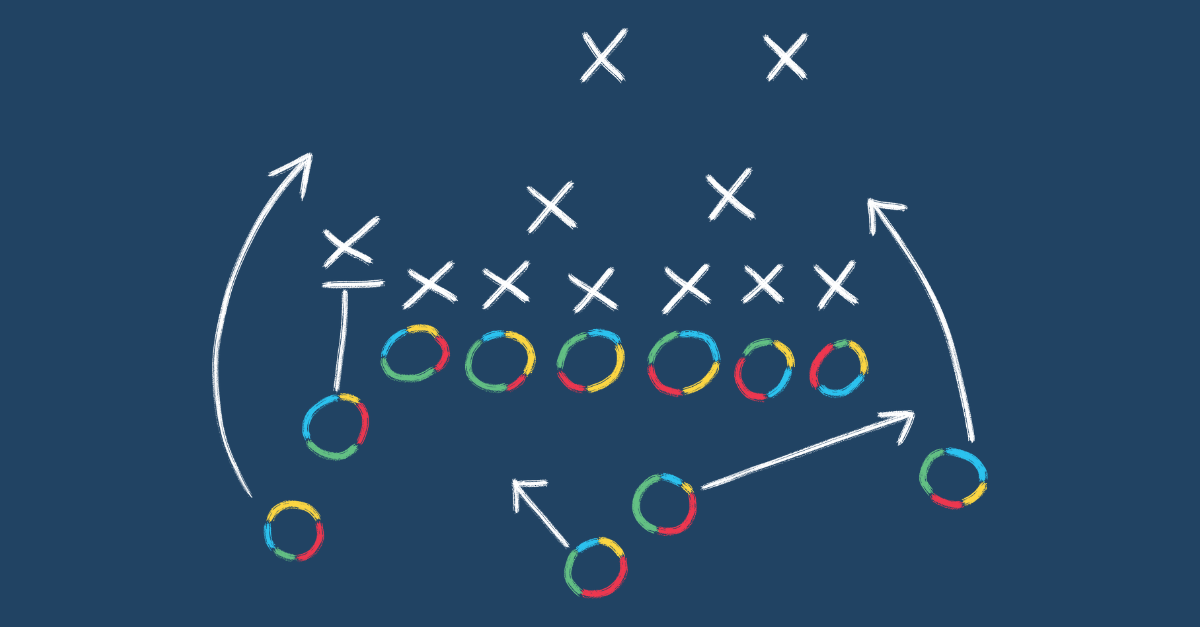“Let’s break the ice with some fun activities!” This simple statement elicits wildly different responses from employees. Some people genuinely enjoy team-building exercises and believe they bring teams closer. Others loathe these forced interactions. That’s why we’re focusing on five-minute team-building activities that help your employees connect quickly without creating an imposition.
Team-building activities take many forms, some of which require significant commitment. For instance, an all-hands company retreat can last 24 hours or more and can be quite expensive. Sponsoring a company softball team is easier, but such extracurriculars are only barely work-related. While these activities have merit, many companies want job-specific, time-sensitive, and easy to complete alternatives.
How can you help your team form closer ties, begin to trust each other, and set the stage for fruitful collaboration? Read on to learn about the benefits and challenges of team-building exercises, examples you can experiment with, and why Whole Brain® Thinking is a great way to help teammates get to know each other and drive business success.

Benefits of Team-Building Activities
Team-building exercises are a good way to have your employees interact with each other in a workplace environment without the pressures of a deadline or crucial project. Here are some of the benefits you can realize with (effective) team-building activities.
Better Communication
Communication in team-building activities is often the focus — think of icebreaker questions or small-group sessions that encourage brainstorming. These activities encourage employees to get to know each other as people, not just co-workers. When you get a better sense of who someone is and how they think, you have a foundation for communicating more effectively.
Short team-building activities can’t solve communication challenges alone. But they can begin to break down communication barriers and foster open dialogue.
Improved Collaboration
Many team-building activities center on a problem to solve or a topic that requires discussion among small groups. These activities can foster collaboration within your team by bringing together people who might not otherwise choose to work together — or even know each other.
These activities force team members to get to know each other quickly, assess each other’s strengths, and figure out how to collaborate toward the goal. Collaborative skills developed during team-building activities can transfer to day-to-day work, even prompting employees to seek each other on future projects.
Increased Trust and Camaraderie
Team-building activities can build camaraderie by creating a shared experience everyone remembers, which can be especially helpful in teams where people generally work on individual to-dos and projects. These activities can be the beginning of employee bonds and connections.
While you can’t build trust instantaneously, quick team-building activities deliver a supportive and positive work environment where individuals feel comfortable sharing ideas and taking risks. This can be an important first step toward broader employee trust in co-workers, leaders, and the organization.
Better Problem-Solving and Decision-Making
Many team-building activities involve problem-solving tasks and creative thinking. Working together to find solutions can help team members look at problems in new ways because it brings in other perspectives.
Ensure these activities provide a safe space for teams to explore and experiment, even if the outcome isn’t optimal. Even short team-building activities can help your team develop agility and problem-solving skills.
Improved Morale and Engagement
Not every team-building exercise is effective, but when they work, they can quickly boost employee morale, engagement, and energy. Team-building activities provide a break from routine work, letting team members recharge, rejuvenate, and maybe even learn something.
Identification of Individual Strengths
Team-building activities can highlight strengths and talents within your teams that might emerge otherwise. This is especially true when employees encounter an activity that calls on skills they don’t regularly use at work.
Leaders can use team-building exercises to identify hidden strengths among their people, helping them in goal-setting, development plans, and assignments. When team members feel valued for their strengths and have opportunities to use them, they’re more likely to be engaged and motivated in their work.
Challenges of Team-Building Activities
Team-building exercises aren’t all fun and games. Some employees struggle to embrace them, and a poorly organized activity can cause frustration and hurt productivity. Here are a few challenges leaders encounter.
Finding the Time
One of the main challenges of team-building activities is fitting them into busy work schedules. Team members may have conflicting priorities or tight deadlines. In some cases, they might not work on the same schedules.
Even five-minute team-building exercises can be challenging to fit in when everyone feels busy. To overcome this challenge, schedule for team-building — at the start of a meeting, perhaps, or as part of another scheduled group activity, like internal training or a formal lunch. As the adage goes, what gets scheduled gets done.
Satisfying Employee Preferences
Another challenge is satisfying your team's diverse preferences. You must manage introversion and extroversion and consider which types of activities fit your employees’ demeanors and the organization’s culture.
Whenever possible, offer multiple types of short team-building activities, either in one session or on a rotating basis. And make sure to ask the group for suggestions. You'll see greater participation and engagement by providing options and listening to your employees.
Planning Inclusive Activities
Team-building activities should be inclusive and accessible to all team members. Consider everyone’s physical abilities and personal circumstances, and strive to make accommodations or change the activity.
These activities should generally be enjoyable and engaging, and this is easier to achieve when no one feels targeted or excluded by the options.
Overcoming Resistance or Skepticism
Some team members will resist team building. Maybe they’re skeptical of morale-building activities or recall negative experiences. Perhaps they don’t understand the activity. Some employees might find five-minute team-building exercises to be unserious compared to full-on professional development or training.
To overcome this challenge, communicate the activity’s purpose and intended benefits. Explain how team-building activities can improve communication, collaboration, and performance. Address people’s concerns or reservations, even if you don’t always agree with them. By fostering open dialogue and addressing skepticism, teams can encourage greater participation and create a positive team-building experience.
Aligning Activities With Organizational Goals
Not every team-building activity has to lead to revenue or achieve some company goal directly. But these activities shouldn’t be superfluous. If you want a newly assembled team to get to know each other, for example, look for team-building activities that encourage storytelling and professional and personal introductions.

Whole Brain® Thinking’s Role in Team-Building
The Whole Brain® Thinking methodology is a powerful, science-backed operating system for decoding and harnessing the cognitive diversity of individuals, teams, and organizations. It acknowledges that different tasks require different mental processes and that other people prefer different kinds of thinking.
Whole Brain® Thinking helps individuals, pairs, teams, and organizations get better results when strategically leveraging the full spectrum of thinking available. Within teams, you can build a common language to frame their approach to cognitive diversity, which improves communication, team effectiveness, engagement, trust, and psychological safety.
This model features four quadrants:
- Analytical (Blue): Logical, systematic, and detail-oriented thinking. This quadrant focuses on facts, data, and objective analysis.
- Practical (Green): Organized, structured, and process-oriented thinking. This quadrant emphasizes planning, efficiency, and practical application.
- Relational (Red): Emotional, intuitive, people-oriented thinking. This quadrant values relationships, empathy, and collaboration.
- Innovative (Yellow): Creative, holistic, big-picture thinking. This quadrant thrives on imagination, innovation, and future possibilities.
Each of these quadrants is accessible to everyone, even though we each have a preference for one or more thinking styles.
The Whole Brain® Model is highly relevant to team building, as it provides a framework for understanding individual thinking preferences and their impact on team dynamics. For example, consider how your team members think when selecting inclusive activities with broad appeal.
Ask yourself questions like:
- How do they like to engage with others?
- What kinds of activities spark their thinking? What kinds shut down their thinking?
- Where do you see differences in thinking? What do they look like?
- How can you construct activities that encourage and put that diversity of thought to use?
Just as important, consider your own thinking and how that influences what you do and don’t like to do. It’s easy to get caught up in our own preferences and interests while losing sight of what others care about. Here’s a quick Whole Brain® Walk-Around that can improve your thinking and account for biases:
- Blue: Identify the business goals and be clear on what you’re trying to accomplish.
- Green: Define the ground rules, agenda, and guidelines for the exercise.
- Red: Make sure you include activities and interactions everyone will feel comfortable with.
- Yellow: Use your imagination — explore where you can try something new.
Sign up to our newsletter for the latest insights
- Blue: Does everyone understand the goal of the activity and when it’s complete? (Even if the goal is a simple conversation!)
- Green: Have you created easy-to-follow instructions?
- Red: Do participants understand why they’re there and how they can contribute? Are they comfortable with participating?
- Yellow: Are participants supposed to follow directions, or will experimental thinking be required? Does everyone understand the larger purpose of the activity?
Try These 5-Minute Team-Building Exercises
There are countless team-building exercises available, especially five-minute activities you can fit in throughout the workday. Here are five to get you started.
2 Truths and a Lie
Purpose: An icebreaker in a casual setting for getting to know each other.
Instructions: Each team member shares two true statements and one false statement about themselves. The rest of the team tries to guess which statement is the lie. This activity encourages creativity and active listening while helping people learn just a little bit about their colleagues.
Mini Mystery/Scavenger Hunt
Purpose: Collaboration, problem-solving, and quick thinking.
Instructions: Divide the team into pairs or small groups. Provide each group with a list of items or clues they need to find or solve within a designated area (such as the office or the floor you’re on). When running a five-minute version, you might simplify this into a short mystery, riddle, or other problem a small group could reasonably solve quickly with the right creativity or teamwork.
Picture Perfect
Purpose: Communication and attention to detail.
Instructions: This game takes many forms. In one version, teams receive a picture or set of instructions and must recreate it without showing the original to any team member. This activity tests communication skills, attention to detail, and the ability to work together effectively. Variations can include blindfolding team members or limiting communication to non-verbal cues.
Brainstorming Blitz
Purpose: Creativity and idea generation.
Instructions: Teams are given a specific problem or challenge and must generate as many ideas as possible within five minutes. Encourage participants to think outside the box, suspend judgment, and build upon each other's ideas. This activity promotes creativity, collaboration, and a free flow of ideas.
5-Minute Stories
Purpose: Allow people to introduce themselves and their backstories.
Instructions: Each team member has five minutes to share a personal story that provides insight into their background, experiences, or values. This activity helps team members understand each other on a deeper level, fostering empathy, connection, and a sense of belonging. This will take more than five minutes, but each employee is only in the spotlight for five minutes.
Embrace Short Team-Building Exercises
Leading a team and developing a strong culture is an ongoing process that requires deep thought, constant communication, and regular recalibration. But five-minute team-building activities have their place; when done right, they’re a low-pressure, high-reward way to introduce team members to each other and get to know each other in new ways.
We live in a rapidly changing and volatile world. The old ways of working don’t work anymore. You need an agile team that trusts each other to find new solutions. Team-building activities can help you achieve this.
Are you looking to go even further and create a thinking-based system for your team? Check out our guide.












